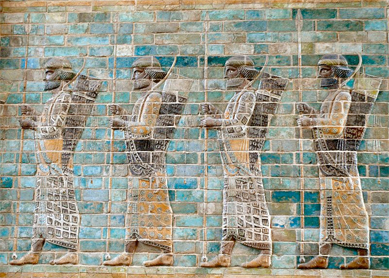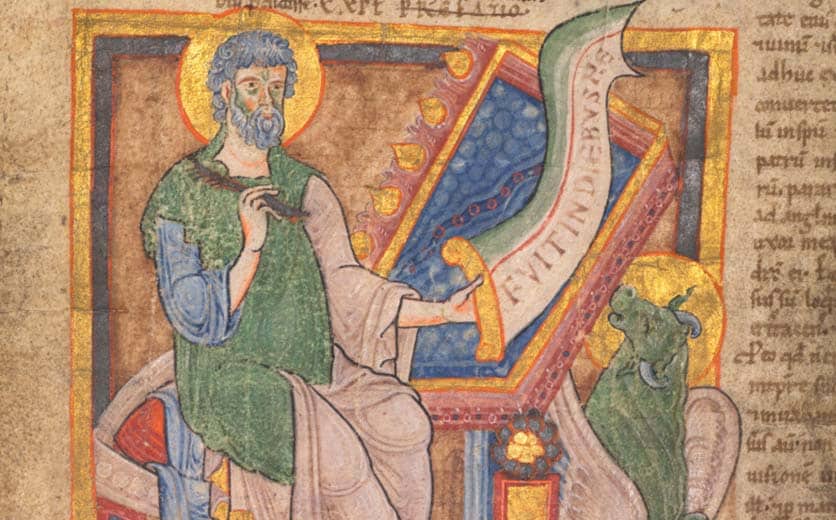The Persian Empire (ca. 550–330 BC) was one of the largest land empires in history. To govern the empire efficiently, its rulers divided its territory into a series of provinces.
How many provinces did the Persian Empire consist of?
According to Herodotus, a Greek historian who lived in the fifth century BCE, the Persian Empire consisted of twenty provinces. In Persia, these provinces were called “satrapies” (Greek satrapeias). Each satrapy was headed by a governor, and each governor ensured that their satrapy paid tribute to the crown. To illustrate: Herodotus wrote that the ninth satrapy of the Persian Empire consisted of Babylon and parts of Assyria. Its tribute was set at one thousand talents of silver per year. In addition, it had to provide the Persian king with five hundred castrated boys (Hist. 3.92). Because Herodotus was a contemporary of the Persian Empire, his discussion of satrapies enjoys some credibility among modern scholars. The term satrapy, in fact, stems directly from his work. Nevertheless, it is difficult to reconcile Herodotus’s accounts with sources from the empire itself.
One important set of sources that can be compared with Herodotus’s Histories are the royal inscriptions of the Persian kings. The royal inscriptions boast of the exploits of the sovereigns. To that end, some of them include lists of lands over which the Persian kings claimed dominion. There are three important differences between these lists and the list one finds in Herodotus. First, the royal inscriptions do not speak of “satrapies” but of “lands” or “people” of the empire (Old Persian dahyāva). Second, whereas Herodotus speaks of twenty provinces, the inscriptions give higher numbers. An inscription from the reign of Darius I, for example, speaks of twenty-three lands. A royal inscription from Xerxes’s reign speaks of thirty-one lands. Third, some of the regions that are treated as one province by Herodotus are mentioned separately in the inscriptions. This applies, among others, to Babylonia and Assyria, which are treated as separate dahyāva.
A possible explanation for the differences between Herodotus and the Persian royal inscriptions—and this is just one among many—is that each had a different outlook. The royal inscriptions may primarily have been a celebration of the empire’s size and diversity. As such, they may have highlighted some peoples or lands over others, without concern for administrative realities. Herodotus, on the other hand, may have focused on the administrative units of the empire. Though Herodotus may have tried to understand the empire’s political structure as best as he could, it is possible that he simply erred when it came to details.
Indeed, that the political structure of the Persian Empire was more complicated than either Herodotus or the royal inscriptions suggest is clear from other sources. A telling example are the biblical books of Ezra and Nehemiah. At several points, the books mention a region called “Transeuphrates” (Aramaic abar-nahara; literally “across the river”). The region is not mentioned by Herodotus or the Persian royal inscriptions. Nevertheless, it appears to have been a relatively large administrative unit within the Persian Empire. The smaller regions of Judah and Samaria, for instance, were subsumed under it In addition, archival texts from Persian Babylonia speak of a similar unit. The latter indicate that Transeuphrates and Babylonia used to be connected under the label “Babylon-and-Across-the-River.” Without these texts, the existence of this “satrapy”—or whatever the Persians originally called it—would have been lost to history.




